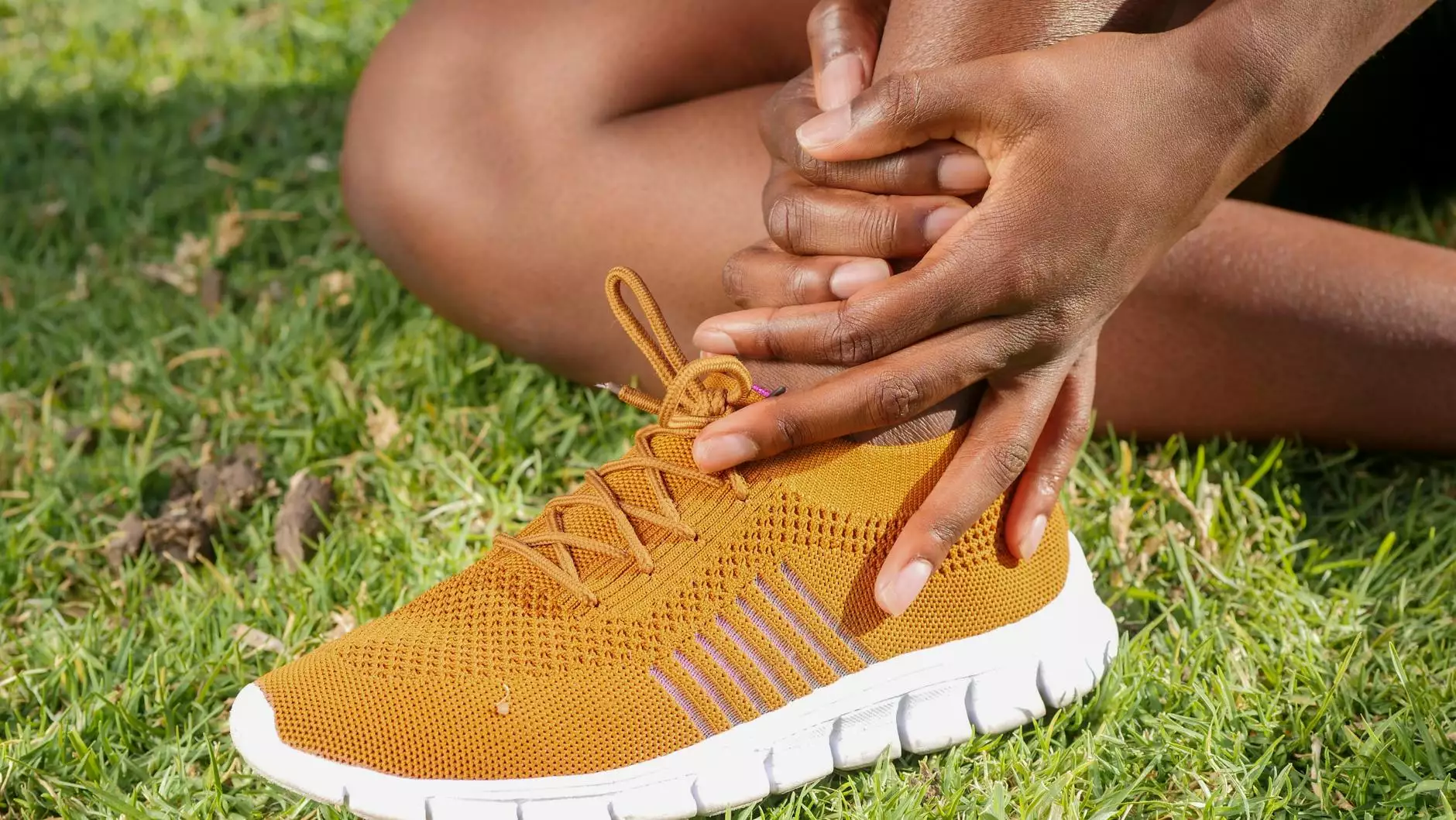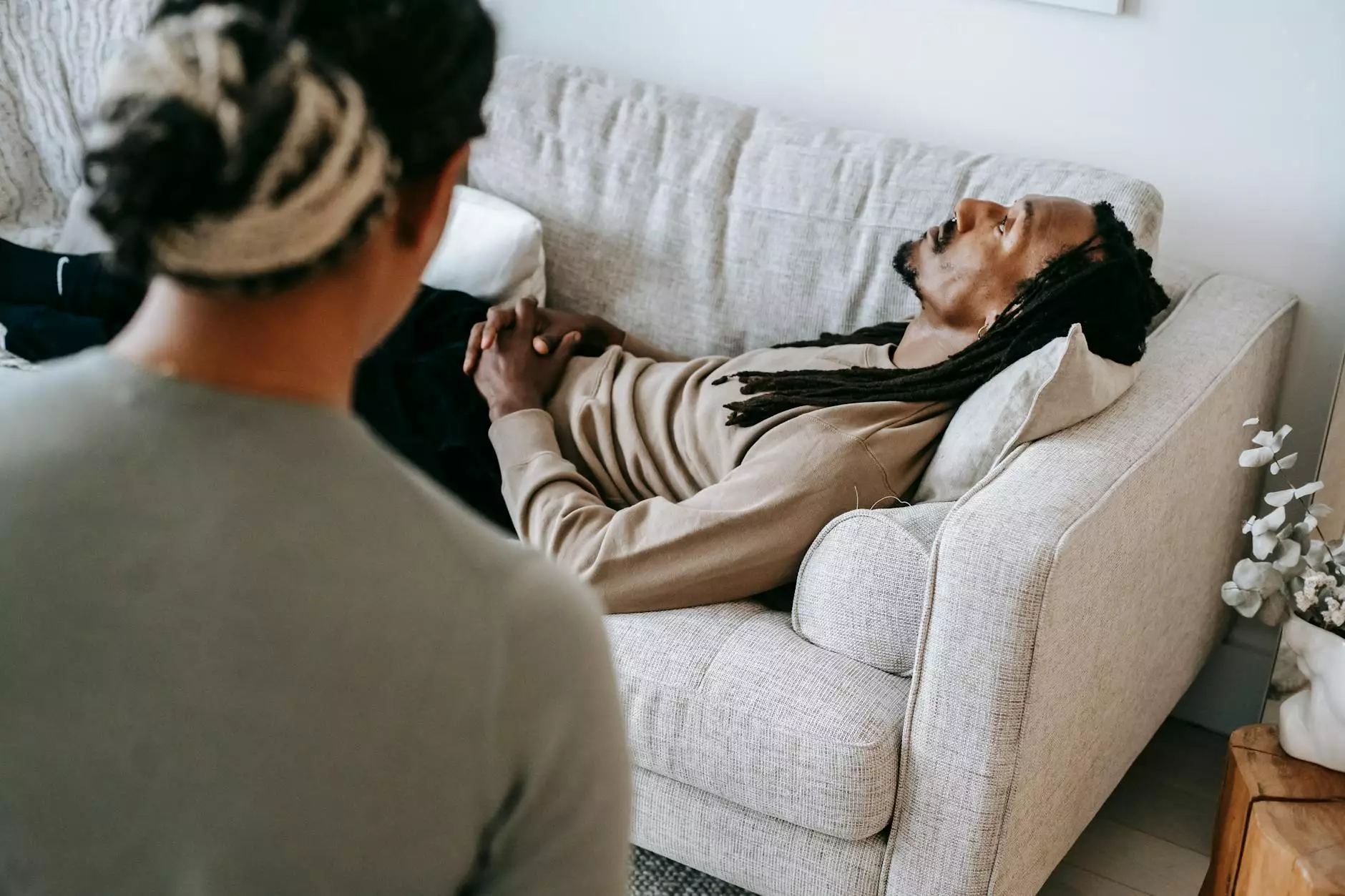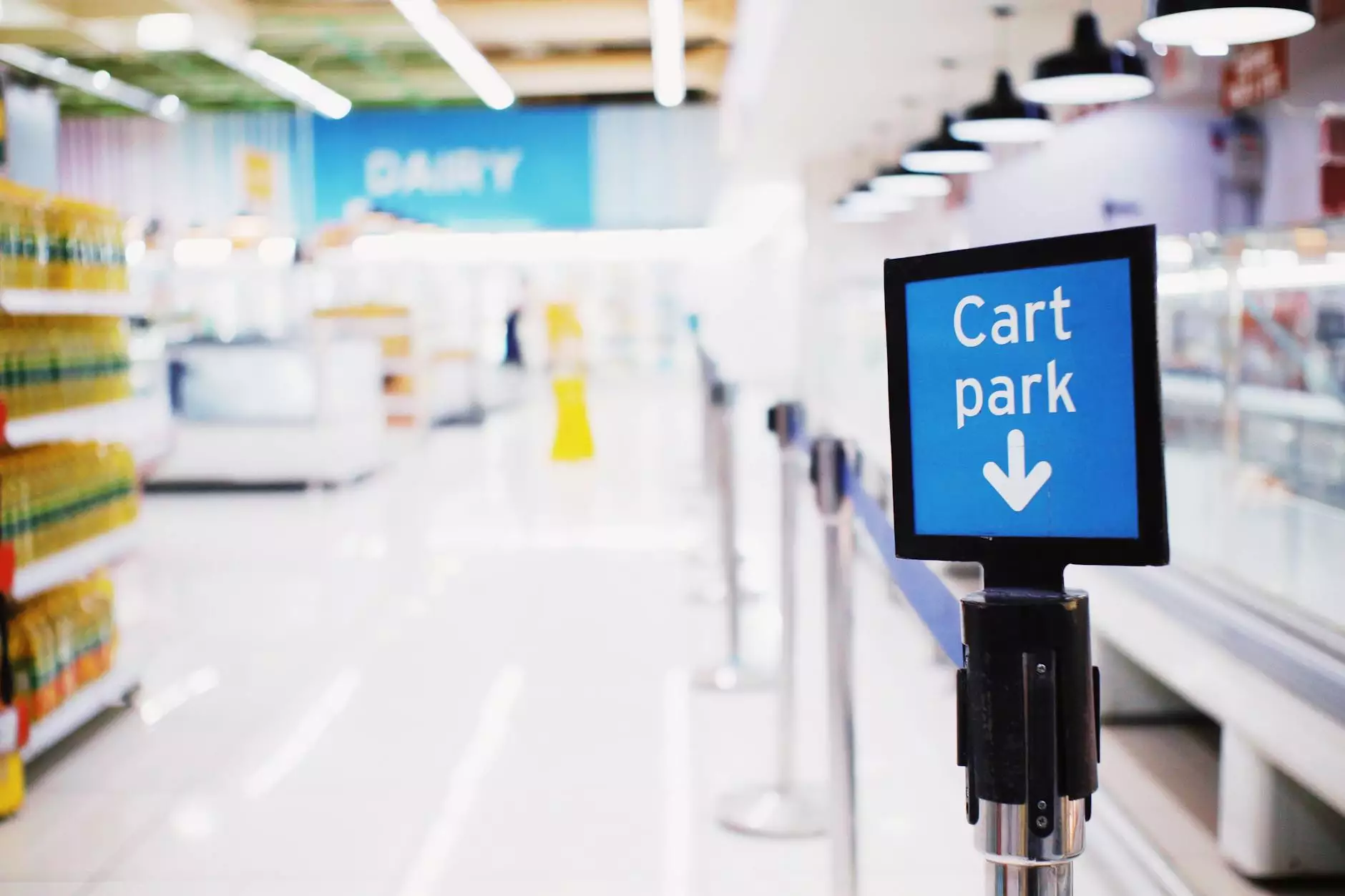Remedies for Bunions

Introduction
Welcome to The Foot Practice, your trusted source for reliable information on podiatry, foot care, and effective remedies for bunions. Our team of expert podiatrists is dedicated to helping you improve your foot health and find relief from bunion-related discomfort. In this comprehensive article, we will delve into the details of bunions, their causes, symptoms, and most importantly, how to treat and prevent them.
Understanding Bunions
A bunion, also known as hallux valgus, is a bony bump that forms on the joint at the base of the big toe. It occurs when the big toe deviates from its natural alignment, pointing inward towards the other toes. Bunions can cause pain, inflammation, and difficulty in wearing certain types of footwear. While they can be inherited, they are often the result of continued pressure and stress on the feet over time.
Causes of Bunions
There are various factors that contribute to the development of bunions. These include:
- Genetic predisposition: Individuals with a family history of bunions are more likely to develop them.
- Improper footwear: Wearing shoes that are too tight, narrow, or have high heels can increase the risk of developing bunions.
- Foot structure: Underlying foot problems, such as flat feet or low arches, can lead to the formation of bunions.
- Occupational factors: Jobs that require long hours of standing or involve repetitive stress on the feet can contribute to bunion development.
Symptoms of Bunions
Bunions can cause a range of symptoms, including:
- Pain and tenderness at the base of the big toe.
- Swelling and inflammation.
- Redness and soreness around the affected area.
- Restricted movement of the big toe.
- Corn or callus formation.
Treating Bunions
While surgical intervention may be required for severe cases, there are various non-surgical remedies that can help alleviate pain and discomfort caused by bunions:
1. Proper Footwear
Wearing appropriate footwear is crucial in managing bunions. Opt for shoes that provide ample space for your toes, have a wide toe box, and offer good arch support. Avoid high heels or shoes with narrow toe boxes, as they can exacerbate the condition.
2. Protective Padding
Using protective padding, such as gel or moleskin, can help reduce friction and pressure on the bunion. This can provide relief and prevent further irritation and discomfort.
3. Orthotic Inserts
Custom-made orthotic inserts can help redistribute pressure and correct foot alignment, reducing the stress on the bunion. They provide support, stability, and pain relief.
4. Ice Therapy
Applying an ice pack to the bunion for 15-20 minutes at a time, several times a day, can help reduce inflammation and numb the area, offering temporary relief.
5. Medications
Over-the-counter nonsteroidal anti-inflammatory drugs (NSAIDs) can help reduce pain and inflammation associated with bunions. Consult with your doctor or pharmacist for appropriate options and dosages.
6. Physical Therapy
Under the guidance of a skilled podiatrist or physical therapist, specific exercises and stretching techniques can be employed to improve foot strength and flexibility, thereby reducing bunion discomfort.
7. Toe Spacers
To relieve pressure and encourage proper toe alignment, toe spacers can be worn between the affected toes. These small devices can help gradually realign the big toe and prevent worsening of the bunion.
8. Bunion Splints
Bunion splints or braces are designed to provide gentle correction and promote proper alignment of the big toe. They can be worn during sleep or while resting to offer continuous therapeutic support.
9. Foot Massage
Regular foot massages can help alleviate pain, improve circulation, and reduce tension in the muscles surrounding the bunion. Consider seeking professional foot massage services or learn self-massage techniques for at-home care.
10. Weight Management
Maintaining a healthy weight can help prevent additional strain on the feet and reduce the progression of bunion development. Incorporate regular exercise and a balanced diet to maintain optimal body weight.
Preventing Bunions
While bunions may have a genetic component, there are steps you can take to reduce your risk:
1. Choose Proper Footwear
Opt for shoes that provide ample space for your toes, have a wide toe box, and offer good arch support. Avoid tight, narrow footwear or high heels for extended periods.
2. Maintain Healthy Foot Posture
Be mindful of your foot posture and ensure proper alignment. Regularly perform foot exercises, stretch your toes, and wear supportive footwear that promotes healthy foot mechanics.
3. Avoid Excessive Standing or Walking
If your daily activities involve prolonged periods of standing or walking, take periodic breaks and rest your feet to prevent excessive stress on your feet.
4. Regular Foot Care
Maintain good foot hygiene and visit a podiatrist regularly for professional foot care. They can monitor any changes in your foot structure and provide early intervention if necessary.
5. Strengthen Your Feet
Incorporate exercises that target foot strength and flexibility into your regular fitness routine. This can help build strong muscles and prevent foot problems including bunions.
6. Listen to Your Feet
Pay attention to any discomfort or pain in your feet. Avoid activities that aggravate your symptoms and seek professional advice promptly.
Conclusion
As you can see, bunions are a common foot condition that can cause significant discomfort, but there are effective remedies available. At The Foot Practice, we specialize in providing exceptional podiatry services and foot care treatments. By following our recommended remedies for bunions and implementing preventive measures, you can find relief from bunion pain and improve your overall foot health. Contact us today to schedule a consultation with our experienced podiatrists and take the first step towards healthier feet.









